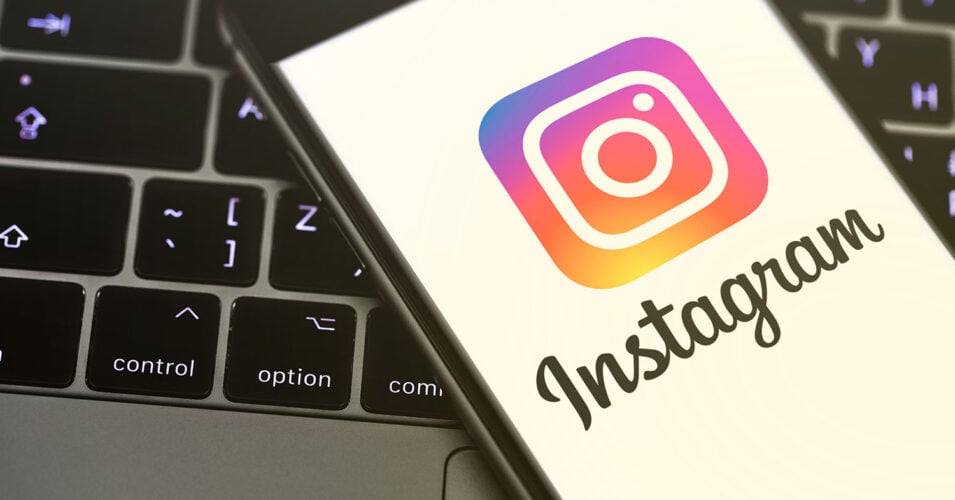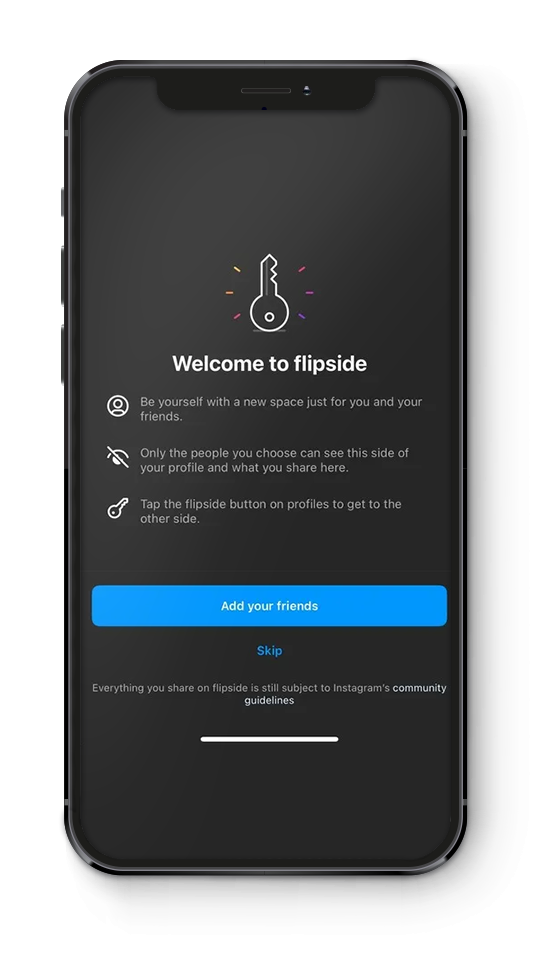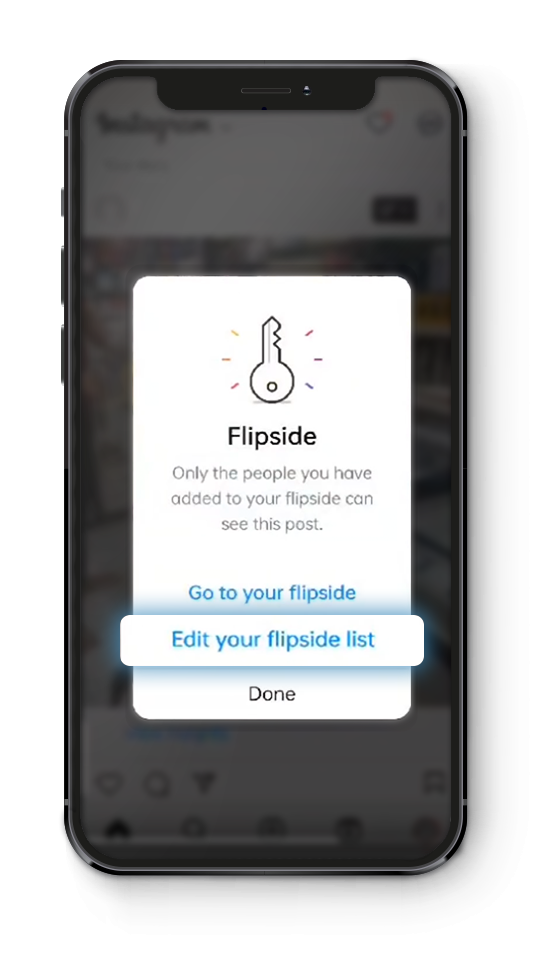What was Flipside?
Instagram's Flipside, discontinued in May 2024, functioned as a "finsta profile" or an alternative profile space. Unlike your regular Instagram account, a peek into your life and public-facing performance wasn’t the aim here. The Flipside feature diverged from the norm; your Flipside wasn't accessible to everyone—only to your chosen connections.
Imagine having a secondary photo grid for only select eyes—consider this your Close Friends, but instead of only seeing stories that disappeared after 24 hours, they had access to a private Instagram profile you had carefully curated. That's what Instagram's Flipside felt like: it offered a segmented, private space that added a new dimension to the Instagram Finsta experience.
This social media tool respected your privacy while enabling you to share content with those you trusted. Remember, Instagram's Flipside was all about sharing your 'other' side, the one not always visible on your public profile.
Instagram Flipside was an exciting blend of privacy, connection, and authenticity, set to reshape the Instagram Finsta landscape. So, what exactly happened to the Flipside update?
How Did the Feature Work?
Flipside allowed users to create an exclusive, private Instagram profile. This feature introduced a secondary photo grid, visible only to select friends, differing notably from Instagram's traditional 'close friends' feature which is only available via stories that disappear after 24 hours.
First, the Flipside was imagined as a sister to your primary Finsta profile. Users could designate a distinct list of friends for this profile, creating an exclusive group privy to the content shared on Flipside. This circle of friends was separate from Instagram's 'close friends' feature.
Secondly, users had to decide where to post content. They could opt for the primary grid, which showcased their public persona, or the Flipside, a space for selective, intimate sharing.
Thirdly, viewership dynamics shifted. Any content on Flipside was accessible only from the user's profile, ruling out random surfing or unintended access.
Finally, Instagram's Flipside offered autonomy by enabling users to add a unique profile name and picture. This allowed for the creation of an alternative identity, a distinct Flipside gallery separate from the main account.
What Happened to the Update and Why?
Instagram Flipside was introduced as a fresh perspective on private sharing, aimed at fostering smaller, more engaged, and intimate communities. With this feature, Instagram focused on increasing individual interactivity through exclusive collections of posts, viewable only by chosen friends, hoping to transform how content was shared on the platform.
When the update was first introduced, Instagram had observed the rise of Stories and DMs over main feed posts as a significant trend, with users preferring the security of private interactions. The “Instagram Finsta” concept took on a new direction, catering to this shift in user behavior and online sharing habits.
Brands saw potential in this trend as well. Carefully curated private collections offered a new strategy for influencer partnerships, targeted marketing campaigns, and other social media marketing solutions. Building a Finsta profile on Flipside allowed brands to form unique micro-communities with their target audience, enhancing customer engagement.
Instagram also introduced several features to promote private sharing. ‘Inbox Notes’ encouraged users to have private interactions and users were given the privilege to form DM Channels. The Flipside feature aimed to complement these by allowing users to maintain a secondary photo grid for select viewers.
The Decline of Flipside
Despite its promising start, the Flipside update faced several challenges that led to its decline. The complexity of managing multiple profiles confused users, who struggled to navigate between their primary and secondary profiles. This confusion detracted from the user experience, making the feature more cumbersome than beneficial.
There was also a redundancy of having a separate feature for selective sharing when the 'close friends' feature already existed, which further contributed to its downfall. Users found that the existing 'close friends' feature sufficiently met their needs for private sharing without the added hassle of maintaining a separate profile.
Brands also found it difficult to integrate Flipside into their marketing strategies effectively. The segmented approach, while theoretically beneficial, proved too intricate for practical application, limiting its appeal. The feature, while innovative, ultimately failed to provide a seamless and intuitive experience, leading to its eventual phase-out.
Picking Up the Flipside Pieces
Instagram’s Flipside served as an alternative profile gallery, facilitating private collections and intimate sharing. But, despite its potential, the update was phased out and is no longer in use. The feature ultimately failed to gain traction due to its complex management requirements, the confusion it caused among users, and the redundancy of having a separate feature for selective sharing.
As social media continues to evolve, it's vital to stay informed about the latest trends and features. If you need help navigating these changes and optimizing your social media strategy, contact us today. We're here to help you stay ahead of the curve!
About the Author













